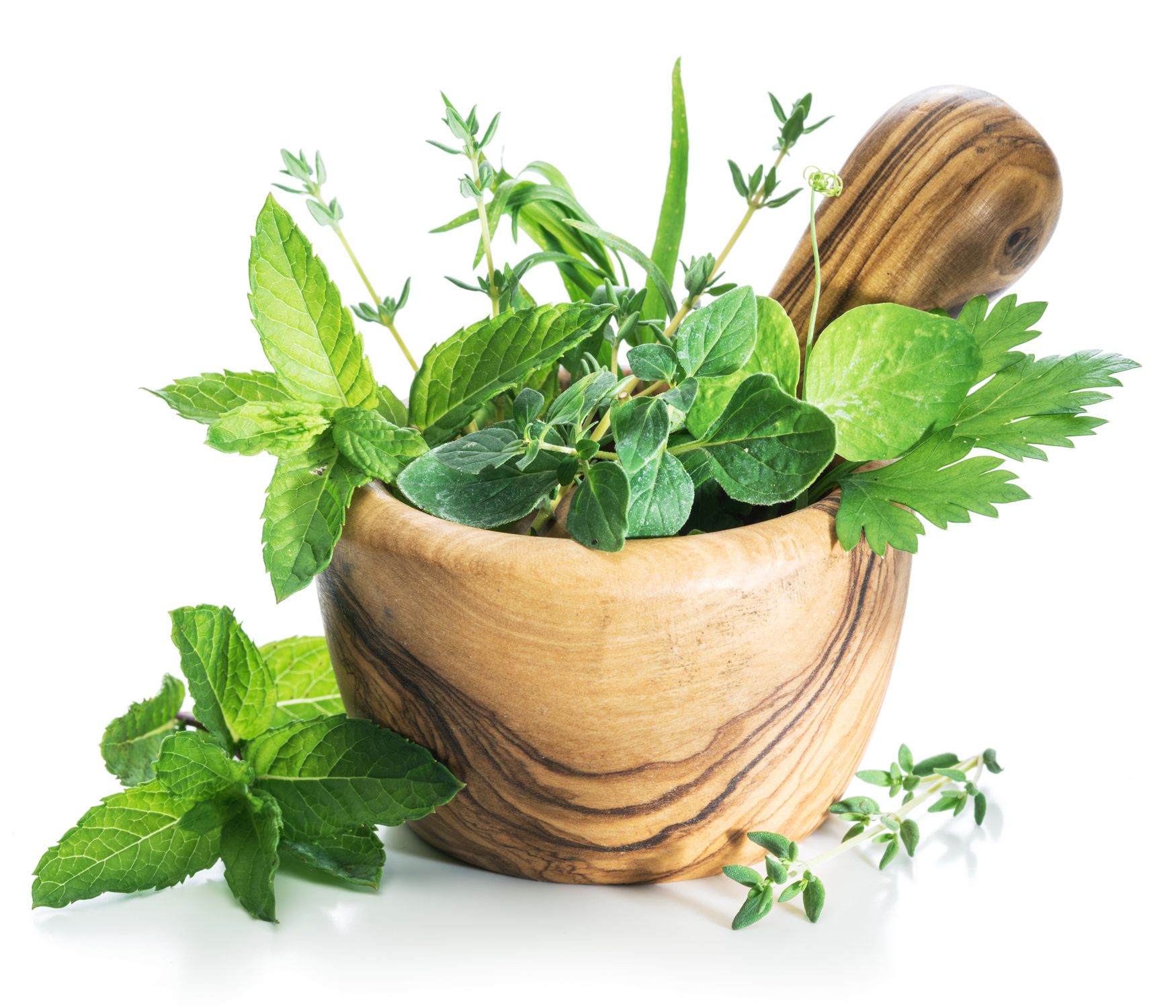3 Tips When Planting or Transplanting Trees
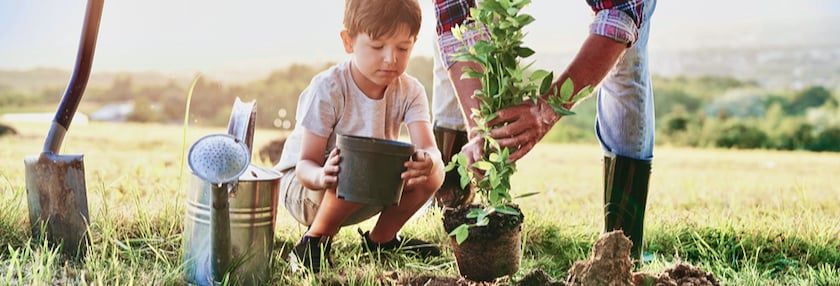

How testing, timing and location make all the difference
Adding trees to your property is a sure way to boost your property’s value and curb appeal—also providing food and shelter for birds and small animals, security and protection, and relief from harsh seasonal weather.
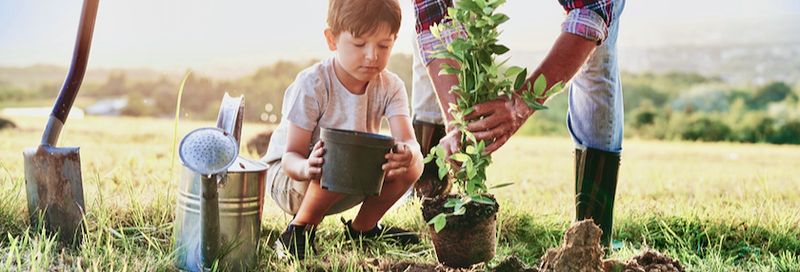
The type of tree you plant, where you plant it, and when you plant it are all important parts of the process altogether. Do it wrong, and you’ll be raking in a lot of regret; done right, it’s a benefit for years to come.
#1 Prepare and choose wisely
The importance of planning ahead is paramount. Choose a tree that’s the right size for your space, and the right type of tree for the climate and soil condition within your hardiness zone.
Having your soil tested before you go shopping or browsing for a tree is the best start. Soil testing will give you an idea of how fertile your soil is, while identifying any nutrient deficiencies or problems to be addressed for better soil health going forward. Lastly, a trustworthy soil test will let you know the pH level of your soil (or how acidic or basic it is).
Once you get a solid understanding of these different factors, you’ll be able to select a tree that will best thrive in the surroundings you provide for it.
#2 Location, location, location
Choosing where to plant or transplant a tree is just as vital to consider before making your purchase.
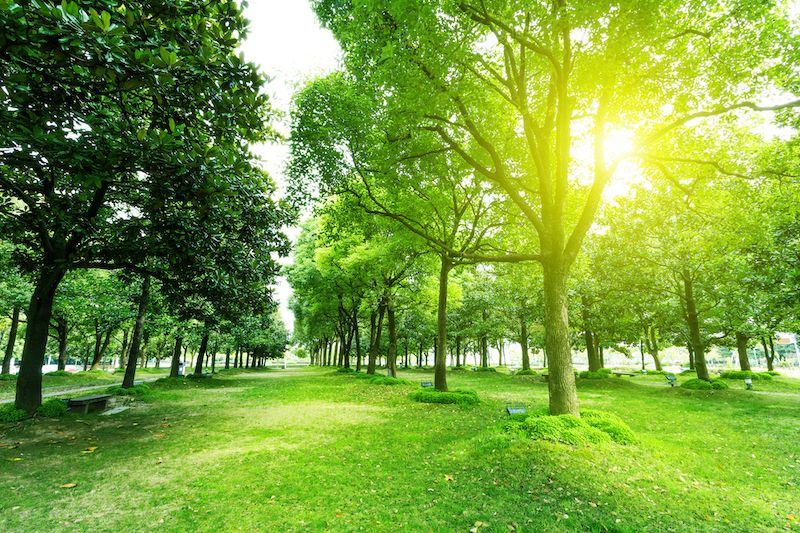
You’ll want to think about how much sunlight, water, and maintenance your tree will need. Depending on the type, you may need deep areas of shade surrounding your new tree. If it needs direct sunlight, you may need to plan on clearing an area before planting.
Check to make sure there aren’t any obstacles or obstructions that might get in the way of a healthy, growing tree. Nearby fences, walkways, power lines, foundations, or even a neighbor’s property can become a real headache once branches and roots begin to mature.
You’ll want to make sure the area has proper drainage. Areas that are too dry or sections that pool with water or flood frequently can do real damage depending on what type of tree you plant. You’ll want to keep this in mind when selecting your tree, and make sure you go with one that can handle the conditions.
One sure way to determine water retention around your planting area is to dig a few inches below the soil shortly after a watering session or recent rainfall. If the soil is still dry throughout, you’ll know that you’ll probably need to do some more targeted watering. A product like a tree watering ring from IKE’s is a helpful way to ensure you keep the adequate amount of water getting to your tree or shrubs.
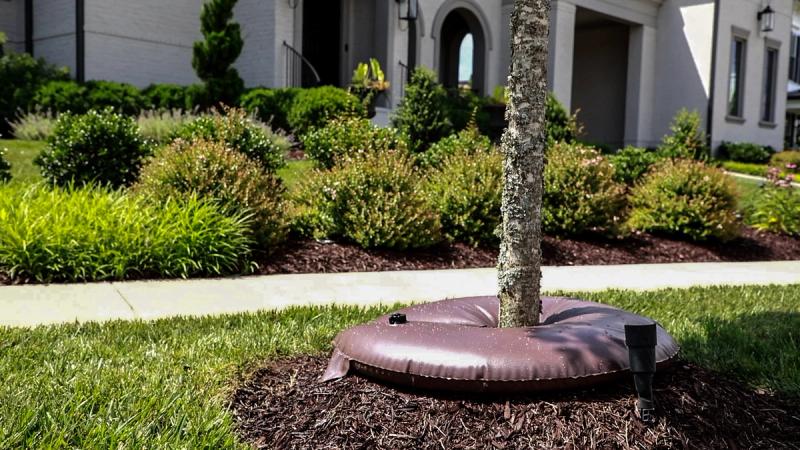
#3 Get the timing right
Plan your transplanting for fall, late winter, or early spring. Ultimately, you want to still have root activity taking place without the impact of extreme temperatures—this typically is when your lawn and most plants are under the most stress. You want good root activity to be taking place right after you plant or transplant so your tree will get the nourishment it needs for optimal growth.
Fall planting has the advantage of having two seasons to develop its root system. Once spring arrives, the tree has a strong network of roots in place for storing water and nutrition, freeing energy for on new growth. Come spring, the new growth and strong roots will make it well-equipped to take on the heat of summer.
Go forth and plant!
Regardless of how your new tree is prepared—bare root, container-grown, or balled and burlapped—there are several approaches to the actual planting process. Tip: Be sure to give yourself plenty of room while digging for the appropriate depth and width for your new tree to be placed in.
Landscape fabrics are perfect to lay down before you create a mulched area around the tree. The Fabric helps keep surface roots healthy because they won’t suffer damage from weather, lawnmowers, or pedestrians. Landscape fabrics go between the soil and the mulch, providing an excellent barrier to prevent weeds and grass from poking through.
After planting and your tree’s first watering, add some mulch. Mulching helps trap and conserve moisture, which will be beneficial when dealing with extreme temperatures. As a general rule, three to four inches of mulch is considered “standard.” Just don’t overdo it, as too much mulch can do more harm than good.
Once your tree is planted and established, it’s a good idea to keep an eye on pest control. IKE’s Products recommends applying either of our concentrates that are approved to use around trees and formulated for this exact purpose: Total Tree & Shrub Protection Plus and Total Disease Control.
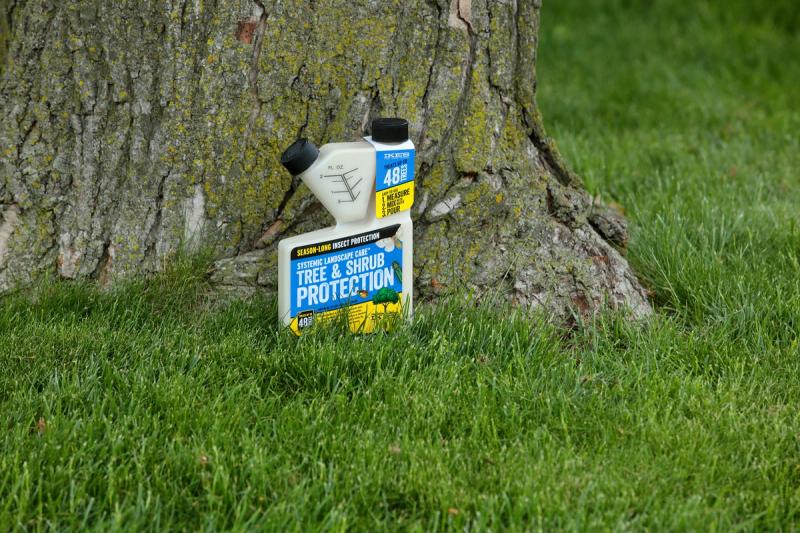
Questions? Seek help
For more information on products that can help you, check IKE’s Products page.
IKE’s Products — ikesproducts.com
Questions? Contact us — ikesproducts.com/contact-us/
Tags:Garden & Landscape

Acreage Life is part of the Catalyst Communications Network publication family.









